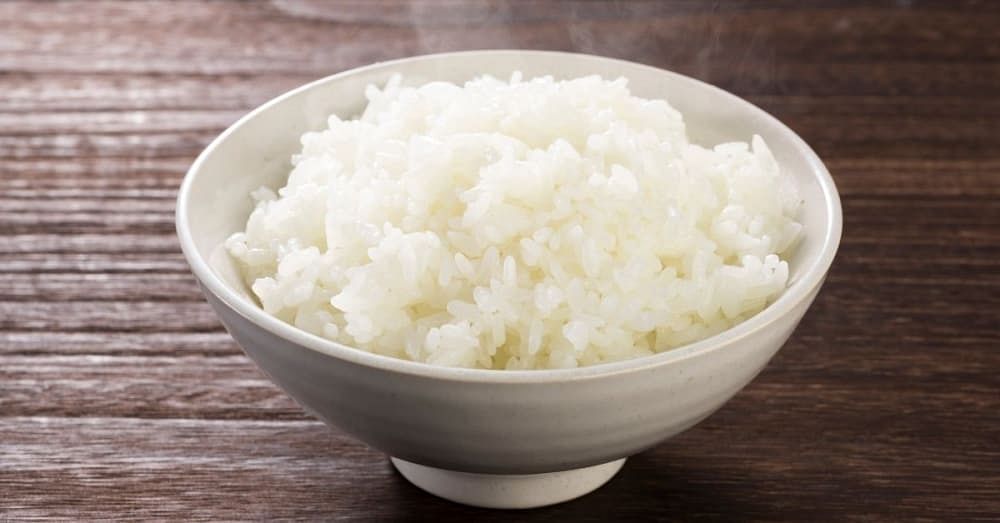
How Many Calories Are in One Cup of Uncooked Rice?
As a health-conscious individual, I’ve always been mindful of the nutritional content of my meals. One ingredient that’s a staple in many cuisines is rice. I was curious about the caloric content of uncooked rice, so I decided to delve into the topic and share my findings with you.
Unveiling the Caloric Value of Rice
Uncooked rice is a source of complex carbohydrates, providing sustained energy throughout the day. However, the caloric content can vary depending on the type of rice. Here’s a breakdown:
-
Brown rice: One cup of uncooked brown rice contains approximately 216 calories. It is a whole grain that is rich in fiber, vitamins, and minerals.
-
White rice: One cup of uncooked white rice provides around 205 calories. It is a refined grain that has been processed to remove the bran and germ, resulting in a lower fiber content.
-
Basmati rice: This aromatic rice has about 239 calories per cup uncooked. It is known for its long, slender grains and nutty flavor.
-
Jasmine rice: One cup of uncooked jasmine rice contains approximately 220 calories. It is a fragrant rice that is native to Thailand and is often used in Asian cuisine.
-
Wild rice: This nutritious grain has slightly fewer calories than other types, with about 166 calories per cup uncooked. It is a good source of protein and dietary fiber.
Beyond Calories: Nutritional Profile of Rice
Apart from calories, rice offers a range of essential nutrients that contribute to a healthy diet.
-
Carbohydrates: Rice is primarily composed of carbohydrates, providing energy for the body and brain.
-
Fiber: Whole grains like brown rice are rich in fiber, which promotes digestive health and helps regulate blood sugar levels.
-
Protein: Rice contains a modest amount of protein, making it a good source of amino acids.
-
Vitamins and minerals: Rice is a source of vitamins and minerals, including iron, manganese, niacin, selenium, and zinc.
Cooking Methods and Caloric Impact
The cooking method of rice can also influence its caloric content. When rice is cooked, it absorbs water and expands, resulting in a lower calorie density per cup.
-
Boiled rice: One cup of boiled rice contains approximately 130 calories.
-
Steamed rice: Steamed rice has a similar calorie content to boiled rice, with around 125 calories per cup.
-
Fried rice: Frying rice adds additional calories due to the oil used. One cup of fried rice can have around 250-300 calories.
Tips for Calorie-Conscious Rice Consumption
If you’re looking to manage your calorie intake while enjoying rice, here are a few tips:
-
Choose whole-grain rice: Whole-grain rice is more filling and contains more fiber, which can help you feel satisfied with smaller portions.
-
Cook rice in a steamer or boil it: These cooking methods result in a lower calorie density compared to frying.
-
Measure your portions: Using a measuring cup helps control the amount of rice you consume.
-
Combine rice with vegetables: Adding vegetables to your rice dish not only boosts its nutritional value but also increases the fiber content, making you feel fuller and reducing your overall calorie intake.
Frequently Asked Questions
Q: How many cups of cooked rice equal one cup of uncooked rice?
A: Generally, one cup of uncooked rice yields approximately two cups of cooked rice.
Q: How can I reduce the glycemic index of rice?
A: Adding beans, lentils, or vegetables to rice can help slow down the absorption of carbohydrates and lower the glycemic index.
Q: What is the difference between long-grain and short-grain rice?
A: Long-grain rice has longer, thinner grains that remain separate after cooking, while short-grain rice has shorter, rounder grains that tend to stick together.
Conclusion
Understanding the caloric content of rice can help you make informed choices about your diet. Whether you prefer brown rice, white rice, or other varieties, incorporating rice into your meals can provide essential nutrients while satisfying your taste buds. By following the tips and expert advice provided, you can enjoy rice as part of a balanced and calorie-conscious lifestyle.
Do you have any questions or thoughts on the topic of calories in uncooked rice? Share them in the comments section below!

Image: delima458.blogspot.com

Image: bebodywise.com
First time Prepping/Cooking! (Didn’t realize 1 cup dry rice = 3 cups … 3 days agoNow that we know the ratio of uncooked to cooked rice is 1:3, we can derive the formula. So, if 1 cup of uncooked rice is 3 cups of cooked rice, the formula will be:. Cooked rice = Uncooked rice × 3 \text Cooked rice = \text Uncooked rice × 3 Cooked rice = Uncooked rice × 3. This implies you take the quantity of uncooked rice and multiply it by 3, and you have the amount of cooked rice.